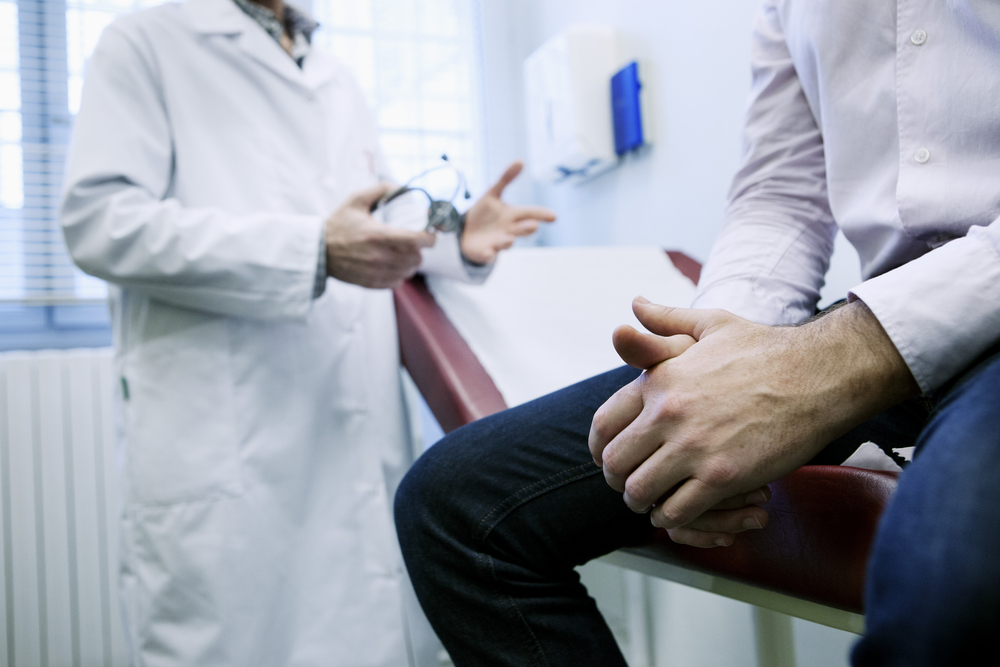 UCLA researchers recently found there is an increased use of radiotherapy in patients with indolent prostate cancer regardless of tumor biology. The results underpinned the need for improved treatment assessment. The study titled “Population-Based Assessment of Determining Treatments for Prostate Cancer,” was recently published in JAMA Oncology.
UCLA researchers recently found there is an increased use of radiotherapy in patients with indolent prostate cancer regardless of tumor biology. The results underpinned the need for improved treatment assessment. The study titled “Population-Based Assessment of Determining Treatments for Prostate Cancer,” was recently published in JAMA Oncology.
Men with indolent prostate cancer frequently opt for either radical prostatectomy or radiotherapy. After treatment, these men may experience considerable adverse side effects. In the study, the researchers aimed to determine population-based predictors for treatment and use of watchful waiting or active surveillance in 37,621 men with indolent prostate cancer. Data was retrevied from the Surveillance, Epidemiology, and End Results (SEER)–Medicare from 2004 to 2007. All patients were then followed until 2009.
Results showed that radiation therapy was the most common treatment (57.9%), followed by radical prostatectomy (19.1%), and other treatments including wait-and-see approach and active surveillance (9.6%). Using a logistic regression method, researchers found that patients and providers significantly integrate age and comorbidities when determining radical prostatectomy while regional variation and referral patterns influence the use of radiation therapy.
Patient demographics and tumor characteristics significantly account for 40% of patients undergoing prostatectomy, 12% choosing watchful waiting or active surveillance and only 3% undergoing radiotherapy.
“Doctors and patients view radiation as safe,” said Dr. Karim Chamie, assistant professor of urology. “There’s no anesthesia or hospitalization, the patient comes in for 15 or 20 minutes for their daily radiation treatment, it’s localized to a specific area, then they get to go home. They often don’t notice any immediate effects upfront.”
After two years of follow-up, researchers observed that men often start to suffer adverse side effects, such as urinary incontinence and leakage of urine, anal leakage and bowel dysfunction, erectile dysfunction, blood in the urine, and radiation cystitis.
“Men fighting this disease don’t always need radiation or surgery as their only choice,” said Dr. Chamie. “As we find more reports demonstrating the safety and efficacy of active surveillance, I hope patients and physicians look to this as the first treatment option for low-risk and indolent disease. Here at UCLA, I am proud to say that we have a robust active surveillance program that utilizes MRI and targeted biopsies to monitor and survey these indolent tumors.”

